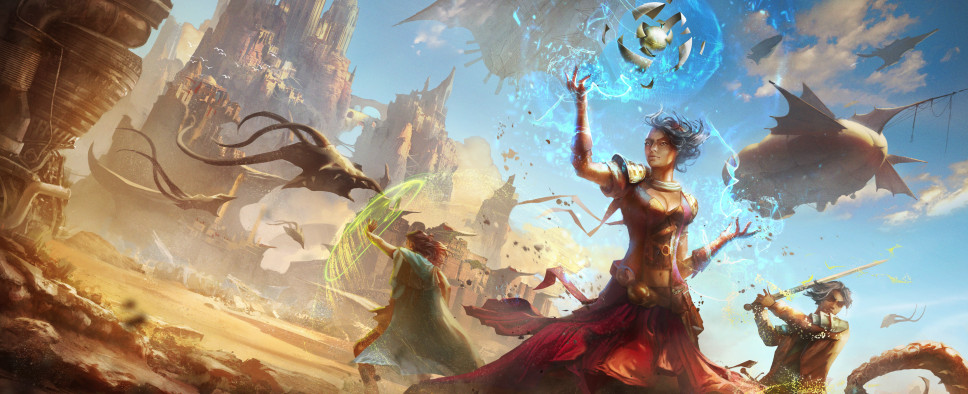Colin McComb Interview
-
Category: News ArchiveHits: 2998

Colin McComb, a veteran video game writer and RPG designer who worked on Dungeons & Dragons, Fallout 2, and Torment: Tides of Numenera among other things, recently had a chat with PCGamesN, talking about the differences between writing for a video game and a pen-and-paper role-playing game. Here are a few sample paragraphs:
His work on the second installment in the Fallout series came at a time when narrative was beginning to be seen as more crucial to a PC game’s creative process. “The transition was definitely daunting,” McComb says, “way more technical than book production.” But his involvement didn’t come out of the blue, as he explains: “I was always interested in playing computer games, and was curious about the process, but had never really pictured myself as a computer game designer. It had a host of constraints.”
McComb soon discovered that those constraints were what define a CRPG from its tabletop counterparts. “A CRPG’s narrative is, by definition, tightly focused,” he explains. “You’ve got to define a critical path through the game and you must have the world planned, in exhaustive detail. If you do this in a tabletop game, chances are better than 50% that your players are going to latch onto a throwaway line from a passing sailor, and the next thing you know, you’re throwing away the evening’s notes as your players travel around the world to reach the Far Empire.”
It’s this choice that, by the very nature of PC gaming, has to be limited in a CRPG. As McComb points out, “by defining the acceptable questions a player can ask an NPC, we also define the boundaries of what the player thinks is possible. This is true also of the painted doors and windows and gates of our games – when they’re visibly part of the boundary of the screen, players no longer think to themselves, ‘What’s beyond that door? Why can’t I break that window?’. The boundaries of the game’s space become ingrained in players’ heads.”

